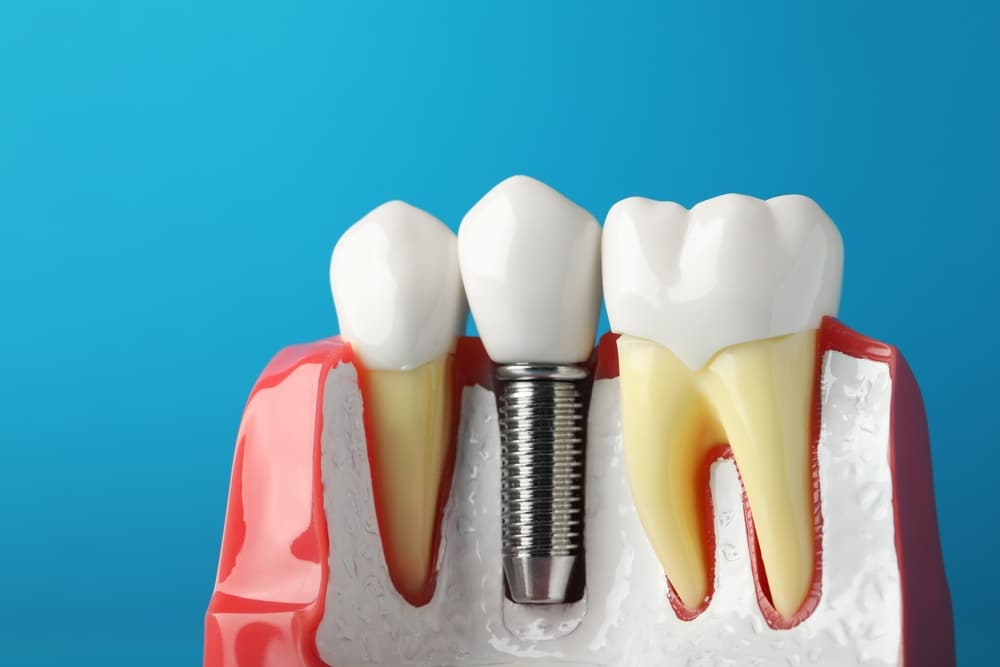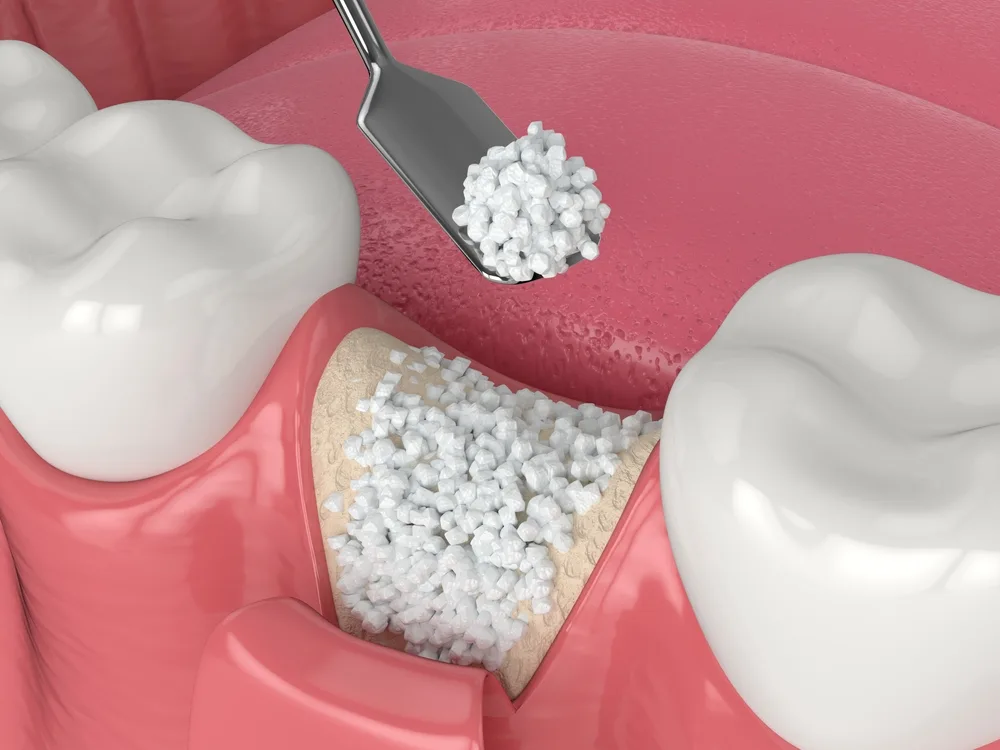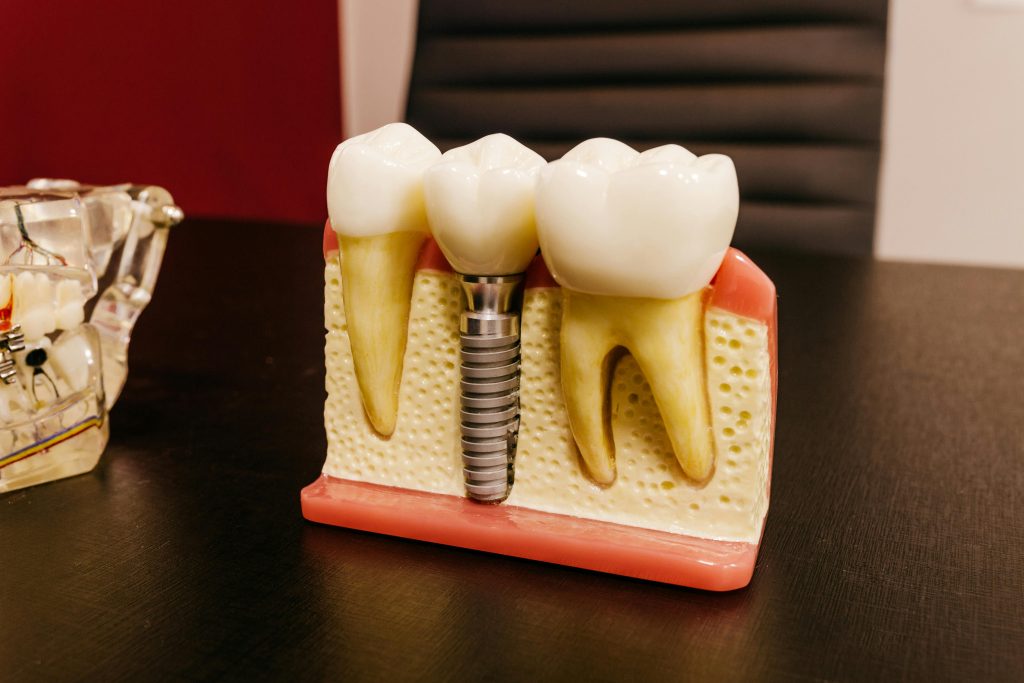
The Dental Implant Procedure begins with comprehensive 3D planning to evaluate bone structure and gum health, ensuring optimal placement. During surgery, a titanium post is precisely positioned in the jawbone, requiring 3-6 months for full integration through a process known as osseointegration. The final phase attaches a custom abutment and lifelike crown, meticulously designed to match your natural teeth. While the complete process takes 4-9 months, its success hinges on surgical expertise and patient health factors.
Implants outperform traditional options by preserving jawbone, restoring full chewing power, and delivering seamless aesthetics. However, their long-term success depends on consistent oral hygiene, regular check-ups, and avoiding harmful habits such as smoking. Partnering with an experienced implant team and adhering to post-op care are pivotal for achieving exceptional, lasting results that genuinely transform your smile and oral function.
Join us as we walk you through the dental implant procedure step by step. In this blog, we’ll walk through the entire treatment process together – from initial consultation to final results. You’ll learn about each surgical phase, discover what factors contribute to implant success or failure, and get answers to all your implant-related questions. We’ll cover everything you need to know about preparation, the procedure itself, recovery, and long-term care in simple, clear terms.
Pre-Surgery Consultation and Planning
Your journey to a perfect smile begins with our detailed consultation and digital planning process at D’Amico Dental Care. Using advanced 3D CBCT scans and clinical exams, we carefully evaluate your jawbone structure, gum health, and medical history to create a fully customized treatment plan. This crucial phase determines whether preparatory procedures, such as bone grafts, are necessary, identifies the ideal implant type and position for your anatomy, and provides clear expectations regarding timelines, costs, and recovery, ensuring you start treatment with complete confidence.
Our dentists use precision digital tools to design every aspect of your implant procedure, from surgical guides for accurate placement to aesthetic planning for natural-looking results. This meticulous approach enables us to anticipate and address potential challenges proactively, providing you with the best possible foundation for implant success. We take time to explain each step and answer all your questions, because at D’Amico Dental Care, we believe informed patients achieve the best long-term outcomes.
The Surgical Dental Implant Procedure
Dental implant surgery is a meticulously planned procedure performed under local anesthesia. The Dental Implant procedure begins with a small incision in the gum to access the jawbone. Using specialized drills guided by a surgical template, the dentist creates a precisely measured cavity in the bone to accommodate the implant. The titanium implant fixture is then carefully positioned, and the gum is sutured closed. In select cases, immediate implants may be placed right after tooth extraction.
The healing period typically lasts 3-6 months to allow complete osseointegration (bone fusion). During this time, a temporary prosthesis may be used to maintain aesthetics. Post-operative pain and swelling are managed with prescribed pain relievers and antibiotics. The success of this phase depends on multiple factors, including bone quality, surgical technique, and strict adherence to post-operative care instructions. Patients are advised to follow soft diets initially and avoid disruptive habits like smoking to ensure optimal healing. Regular follow-up appointments enable the dentist to monitor the progress of integration before proceeding with the final restoration.
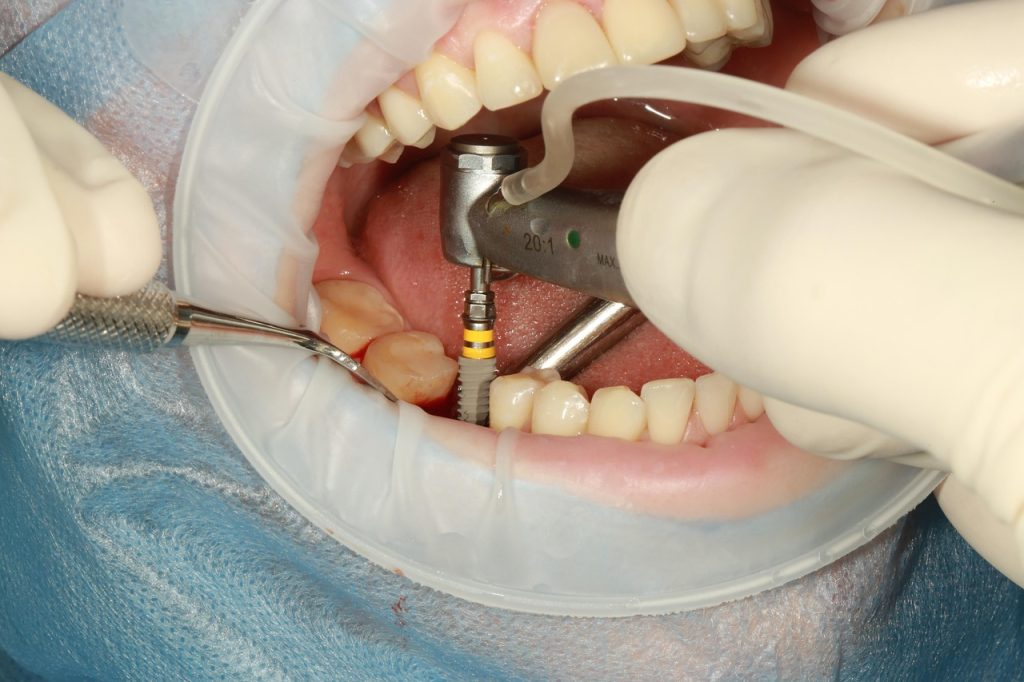
How Long Does the Dental Implant Procedure Take?
The duration of dental implant surgery varies depending on case complexity and the number of implants required. For a single implant, the procedure typically takes 30 to 60 minutes, including:
- Local anesthesia administration
- Gum incision and flap elevation
- Precise bone preparation
- Titanium fixture placement
More complex cases, such as those requiring bone grafts or sinus lifts, may extend the Dental Implant Procedure up to 2 hours or more.
Healing and osseointegration generally require:
- 3 months for the lower jaw (higher bone density)
- 6 months for the upper jaw (softer bone)
The final restoration phase involves:
- Abutment connection
- Crown placement
(Completed in 2-3 visits over 2-4 weeks)
Total treatment timeline: 4-9 months from surgery to final prosthesis delivery.
What Happens During the Healing and Osseointegration Phase?
At D’Amico Dental Care, we guide you through the essential 3-6 month osseointegration period, during which your implant biologically fuses with your jawbone. This natural healing process depends on our surgical precision and your post-operative care, including gentle cleaning with antimicrobial rinses, avoiding smoking and alcohol, and maintaining a soft-food diet to prevent disruptive micromovements. While temporary teeth preserve your smile’s appearance, we’ll monitor progress through regular check-ups (at 1, 3, and 6 months) using advanced diagnostics, such as resonance frequency analysis, to measure growing implant stability quantitatively.
Successful osseointegration creates an unbreakable bond between titanium and bone, achieving stability exceeding 35 Ncm—the gold standard for lifelong implant success. Our team provides detailed instructions and support throughout this biological process, ensuring your implant develops the strong foundation needed for decades of comfortable chewing and natural function.
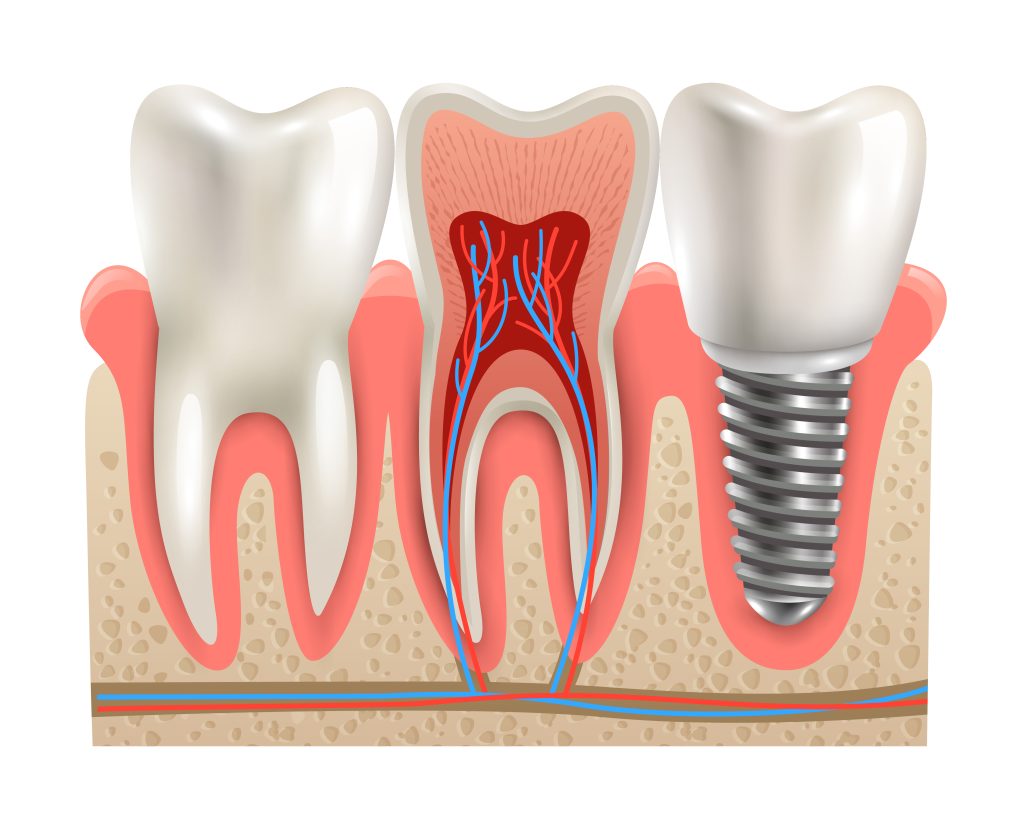
Pain Management and Sedation Options
Dental implant surgery is typically performed under local anesthesia, ensuring complete numbness of the treatment area with minimal discomfort. For anxious patients or complex cases, additional options are available:
- IV Sedation: Induces deep relaxation while maintaining consciousness
- Nitrous Oxide: Provides mild anxiety relief with rapid recovery
- General Anesthesia: Reserved for extensive surgeries or medically complex cases (requires an anesthesiologist)
Post-Operative Pain Control Protocol:
- First-Line Therapy: NSAIDs (e.g., ibuprofen 400-600mg every 6 hours) for dual pain/swelling control
- Breakthrough Pain: Acetaminophen-codeine combinations when needed
- Adjunctive Measures:
- Ice pack therapy (20min on/20min off) for the first 24 hours
- Head elevation during sleep
- Soft food diet for 7-10 days
Critical Post-Op Instructions Include:
✓ Avoiding straws/smoking (prevent dry socket)
✓ Gentle saltwater rinses after 24 hours
✓ Antibiotic regimen if prescribed
✓ Scheduled follow-up for suture removal
Pro Tip: Most patients report discomfort peaks at 48-72 hours post-op, then rapidly improves. Proper medication timing (before anesthesia wears off) significantly enhances comfort during recovery.
Post-Surgery Care and Recovery Tips
The initial 24-48 hours represent the most critical phase for healing after implants. Follow these essential steps:
Immediate Aftercare (First 48 Hours)
- Ice Therapy: Apply an ice pack (10 minutes on / 10 minutes off) to reduce swelling
- Medications: Take prescribed antibiotics and pain relievers as directed
- Activity Restrictions:
- Avoid spitting, straws, or smoking (risk of dislodging blood clots)
- Limit talking and physical exertion
- Sleep with your head elevated
- Diet: Stick to cold, soft foods (yogurt, pudding, mashed potatoes)
- Oral Hygiene:
- No rinsing for the first 24 hours
- After 24h, gently rinse with warm saltwater (1/2 tsp salt in 8oz water)
Beyond 48 Hours: Long-Term Healing
- Oral Care: Use a soft-bristle toothbrush and implant-safe floss
- Eating: Avoid chewing on the implant site until cleared by your dentist
- Checkups: Attend follow-ups to monitor osseointegration
- Warning Signs: Contact your dentist immediately if you experience:
- Severe pain
- Excessive bleeding
- Fever or pus (signs of infection)
What to Expect During the Recovery Period
First 72 Hours (Acute Phase)
- Swelling: Peaks at 48-72 hours
- Management: Ice packs (20min on/20min off) for first 24h → switch to warm compresses
- Discomfort: Controlled with prescribed NSAIDs (e.g., ibuprofen 400mg every 6h)
- Bleeding: Minor oozing is normal (bite on gauze for 30- 60 min if needed)
- Bruising: Typically resolves within 7-10 days
Critical Protocols:
→ Strictly avoid smoking/vaping (delays healing 2- 3x)
→ Sleep at 45° angle first 3 nights
→ Use prescribed chlorhexidine mouthwash (no rinsing on the first day)
Week 2-4 (Transition Phase)
- Diet progression:
- Week 1: Liquid/soft foods (smoothies, scrambled eggs)
- Week 2: Tender-cooked foods (fish, pasta)
- Avoid chewing on the surgical site until cleared
- Oral hygiene:
- Gentle brushing with an ultra-soft toothbrush
- Begin water flossing (avoid direct implant contact)
Long-Term Integration (3-6 Months)
- Osseointegration:
- Lower jaw: ~3 months
- Upper jaw: ~6 months (softer bone)
- Monitoring:
- Monthly checkups for stability tests
- Panoramic X-ray at 3/6 months
Red Flags Requiring Immediate Attention:
Throbbing pain unrelieved by meds
Swelling worsens after day 4
Purulent discharge or fever
| Recovery Phase | Symptoms/Changes | Management Protocols | Special Instructions |
| First 72 Hours (Acute Phase) | |||
| – Swelling | Peaks at 48-72 hours | • Ice packs (20min on/20min off) for first 24h → switch to warm compresses after | Avoid hot compresses initially |
| – Discomfort | Moderate pain | • Prescribed NSAIDs (e.g., ibuprofen 400mg every 6h) | Take with food to avoid stomach irritation |
| – Bleeding | Minor oozing normal | • Bite on gauze for 30-60min if active bleeding | Avoid spitting/aggressive rinsing |
| – Bruising | Resolves in 7-10 days | • Arnica cream may help | More common in lower jaw procedures |
| Critical Protocols | |||
| – | • Strictly avoid smoking/vaping (delays healing 2- 3x) | Nicotine restricts blood flow | |
| – | • Sleep at 45° angle first 3 nights | Use extra pillows | |
| – | • Chlorhexidine mouthwash (start day 2, no rinsing for the first 24h) | Swish gently; don’t spit forcefully | |
| Week 2-4 (Transition Phase) | |||
| – Diet Progression | Gradual food texture advance | • Week 1: Liquids/soft foods (smoothies, yogurt) | No straws (suction risk) |
| • Week 2: Tender-cooked foods (mashed potatoes, pasta) | Avoid crunchy/spicy foods | ||
| – Oral Hygiene | Healing gums | • Gentle brushing with an ultra-soft toothbrush | Avoid the implant site in the first week |
| • Begin water flossing (low pressure, avoid direct contact) | Use the antimicrobial rinse as directed | ||
| Long-Term (3-6 Months) | |||
| – Osseointegration | Bone fusion to the implant | • Lower jaw: ~3 months | The upper jaw takes longer due to softer bone |
| • Upper jaw: ~6 months | |||
| – Monitoring | Implant stability checks | • Monthly clinical exams | |
| • Panoramic X-ray at 3/6 months | Assess bone integration | ||
| Red Flags | |||
| – Pain | Throbbing, unrelieved by meds | • Contact the dentist immediately | May indicate infection or failure |
| – Swelling | Worsens after day 4 | • Emergency evaluation needed | |
| – Infection Signs | Purulent discharge or fever | • Antibiotics may be required |
When to Return for Follow-Up Appointments
At D’Amico Dental Care, we’ve designed a science-backed follow-up system to maximize the longevity of your implant. The critical first year begins with 7-10 day suture checks, followed by 4-6 weeks and 3-month osseointegration evaluations using clinical exams and advanced imaging. After crown placement, our bi-annual professional cleanings and annual 3D scans become your implant’s best defense, detecting microscopic bone changes before they become problems. Compliant patients following this protocol achieve 95% success rates at 20+ years, nearly triple the longevity of those with irregular care.
We enhance traditional monitoring with digital tracking technology that alerts us to subtle changes in implant stability or gum health. This proactive approach combines:
✓ Specialized implant cleanings to prevent peri-implant disease
✓ Bite force analysis to optimize mechanical load distribution
✓ AI-assisted comparison of annual scans for early intervention
✓ Customized home care plans evolving with your needs
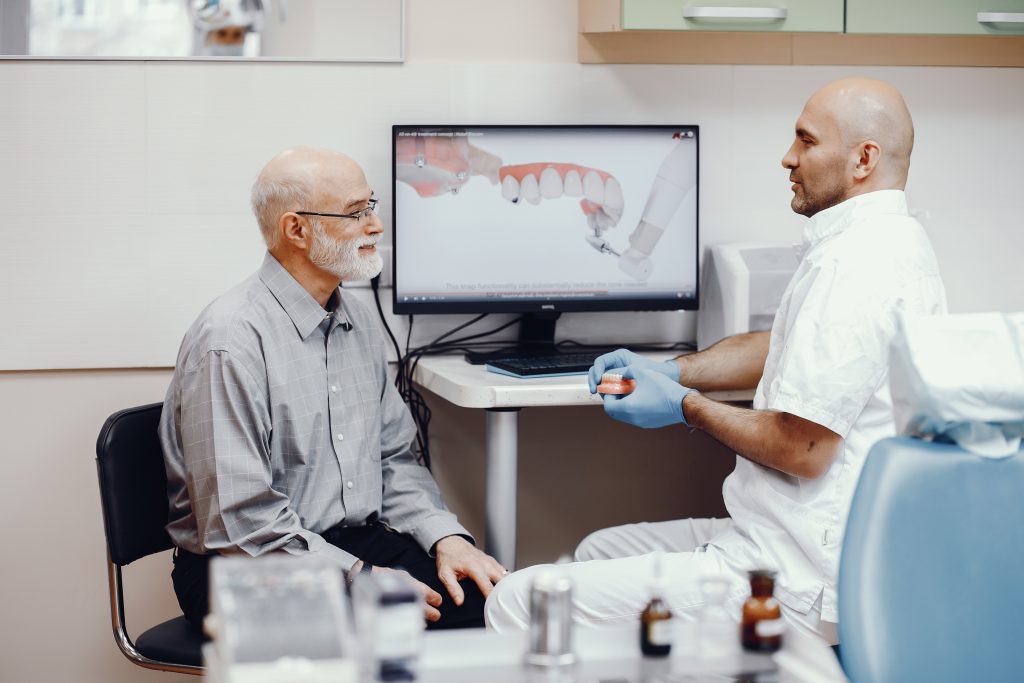
Potential Complications and How to Avoid Them
Dental implant procedure boasts an impressive 95% success rate, yet potential complications like infection (peri-implantitis), failed osseointegration, nerve damage, or implant rejection can occur. Careful patient selection, achieved through comprehensive health assessments, bone density evaluations, and gum health checks, is crucial for effective prevention. Strict sterilization protocols during surgery and preventive antibiotics significantly reduce infection risks, while diabetic and smoking patients require extra monitoring due to their higher complication risks.
Minimizing complications depends heavily on patient compliance with post-operative care. Essential practices include using implant-specific brushes and floss, avoiding smoking and alcohol consumption, and maintaining a soft diet during the initial period. Regular six-month dental check-ups enable the early detection of bone loss or gum inflammation. Prompt attention to warning signs, such as persistent pain, implant looseness, or severe swelling, prevents minor issues from escalating into more serious problems. By combining professional expertise with diligent aftercare, patients can maximize their implants’ long-term success and functionality
source: www.perio.org
- What’s the first step?
✓ Comprehensive oral examination
✓ 3D CT scans and X-rays
✓ Jawbone density evaluation
✓ Personalized treatment plan
✓ Discussion of options and costs
- What preparations are needed?
- Tooth extractions (if required)
• Bone grafting (for insufficient bone)
• Gum disease treatment
• Pre-operative antibiotics (when needed)
• Special pre-surgery instructions
- How is the surgery performed?
✓ Local anesthesia/sedation
✓ Small gum incision
✓ Precise bone drilling
✓ Titanium implant placement
✓ Sutures (for specific techniques)
- What to expect post-surgery?
✓ Mild swelling/bruising (3-5 days)
✓ Manageable discomfort
✓ Soft food diet (1-2 weeks)
✓ Activity restrictions
✓ Special oral hygiene protocol
- How long for bone fusion?
✓ Lower jaw: ~3 months
✓ Upper jaw: 4-6 months
✓ Varies by bone quality
✓ Critical bonding period
- What is an abutment?
✓ Connects the implant to the crown
✓ Placed after osseointegration
✓ Sometimes attached during surgery
✓ Quick procedure with local anesthesia
- How are crowns made/placed?
✓ Precise dental impressions
✓ Lab fabrication (1-2 weeks)
✓ Natural color matching
✓ Final adjustment and fitting
✓ Bite alignment verification
- What maintenance is required?
✓ Daily brushing/flossing
✓ Biannual checkups
✓ Avoid extremely hard foods
✓ Smoking cessation
✓ Annual professional cleanings

